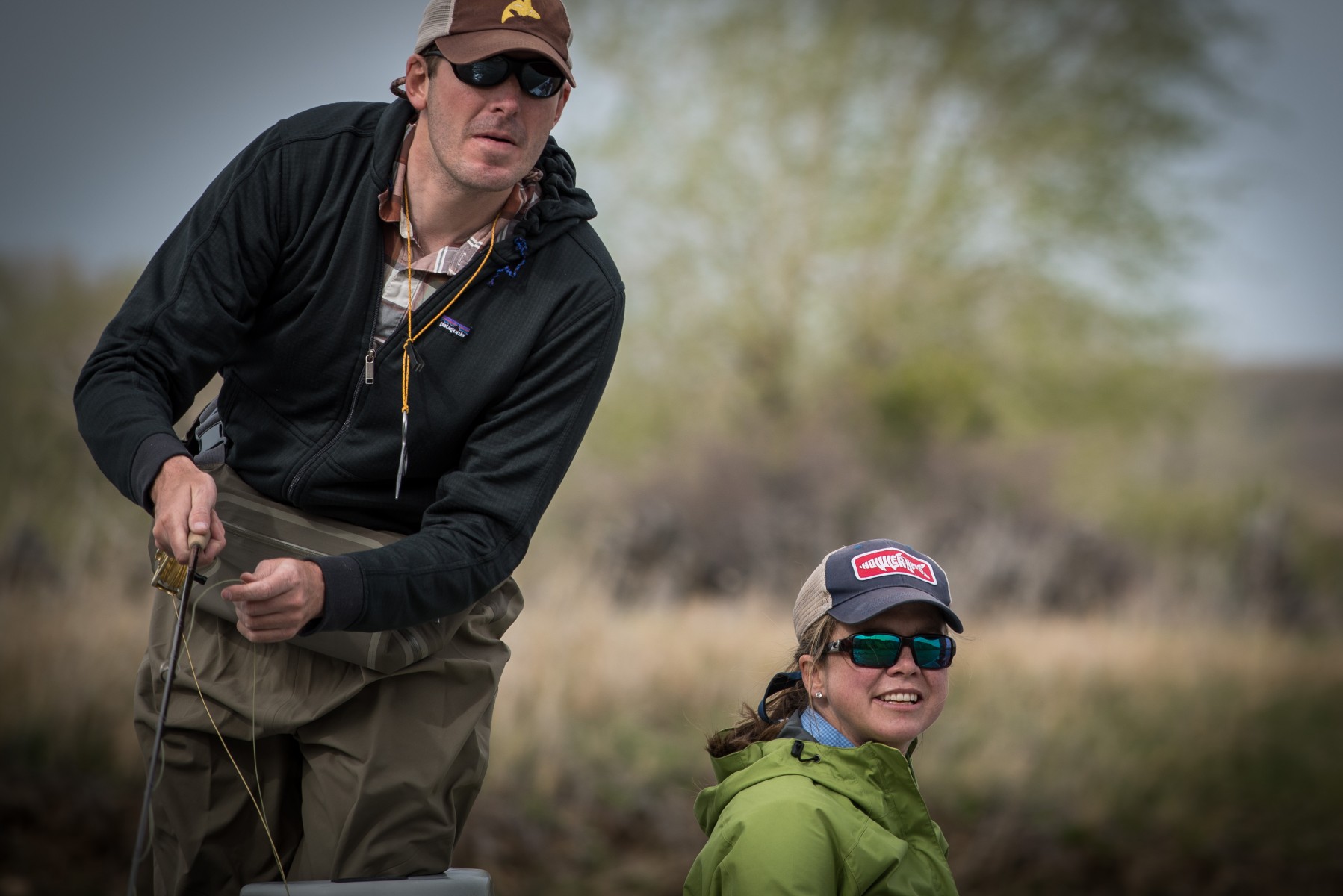Missing Strikes? It’s Not Your Fault.

“Hit-it!”
The mantis shrimp sees a world that we cannot imagine. It’s a foot long crustacean with 16 different kinds of color sensing cones in its retinae. We have three. Every color ever experienced by mankind is fabricated by our brains from radiation stimulating red, blue and green cones. The hues of our world are neural cocktails stirred together with three ingredients alone. X parts red + Y parts blue + Z parts green = magenta. With sixteen different elements on its palette, the humble mantis shrimp by contrast, perceives not only deep into the ultraviolet and infrared spectrums, but also layers and gradients and Heaven knows what else with-in our “visual range” that simply do not exist for humans. The world as the mantis shrimp sees it is not just unknown to us, it is unknowable.
“Dude, you’re under.”
Sharks and other fishes famously sense electromagnetic fields. Where our world is constructed moment by moment by five senses, theirs is (at least) six-dimensional. Let that sink in for a second. A whole nother dimension. And that’s before we even touch on their near mystical chemo reception and sensitivity to atmospheric pressure.
“Set!”
What I’m trying to say is… it’s not always my fault when I miss a strike. I can’t explain how – call it fishy ESP– but clearly fish can sense when one’s focus is trained, heart and soul, on a drift, and as importantly when it’s not. Something about our attention, or maybe our intention, is tipping them off. Consider your own collection of anecdotal evidence and you’ll see it’s true. How often does the take come the instant you turn your gaze to a kiting osprey or your energy to the conversation in the boat? Coincidence? I think not.
There’s a PhD in there for somebody smarter than me. Have at it. All I ask is a brief citation in the write-up, perhaps a modest cut of the Nobel Prize money and a maybe a few more set hooks.


And this whole time my excuse was that the fish do this strike-quickly-eat-the-next-thing for a living, and faking food items for them is just my hobby. They’re professionals.
Well, they’ve got that going for them too. Yet another way that I’m out matched!
I know fishy ESP is true because guides and on-stream teachers see the strikes that the guy holding the rod misses. So it’s not like a “tree falling in the forest” thing where no sound is involved. We know it happens, because there is a sound: the guide yells “there he is” or “set the hook,” always a fraction too late for effectiveness. I try not to add that useless noise; I just ask if the student saw the strike. If not I say: don’t take your eye off the fly/indicator/line, and if you do happen to look away… set the hook.
Always great to hear from you Ralph… and to hear that I’m not alone in my experience of this phenomenon. Thanks.
This is too true. And if you try to fake it, look away intentionally trying to make the fish think you’re not paying attention, it never works. You have to really be distracted. Take that second to look at the bushes moving or look for a different fly while yours sits on the water then ploop! The take happens and by the time you realize it was a fish it’s over. Nice blog and post.
Ah yes, the failure of the old “fake distraction” trick. Further scientific evidence. Thanks for helping to build the case Feather Chucker!
Yes, but…for every ten times a fish hits while I’m not looking, I’ll hook one when I’m not looking. Go to recast and “fish on”. Or a bad drift causing the dry to submerge and “there he is”. Of course I attribute this to my fine ability to set and sense when the fish takes.
As well you should Doug! An angler of lesser abilities would surely miss those subtle takes.(Or, as I often console myself, sometimes it’s better to be lucky than good.)